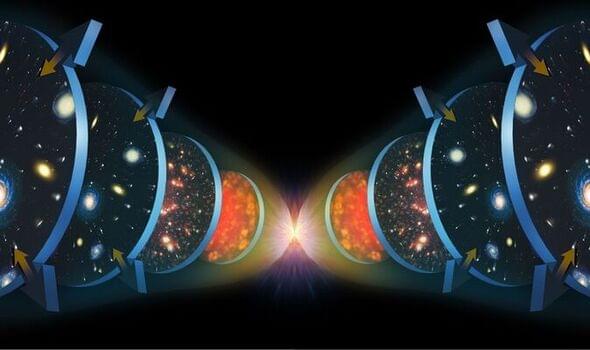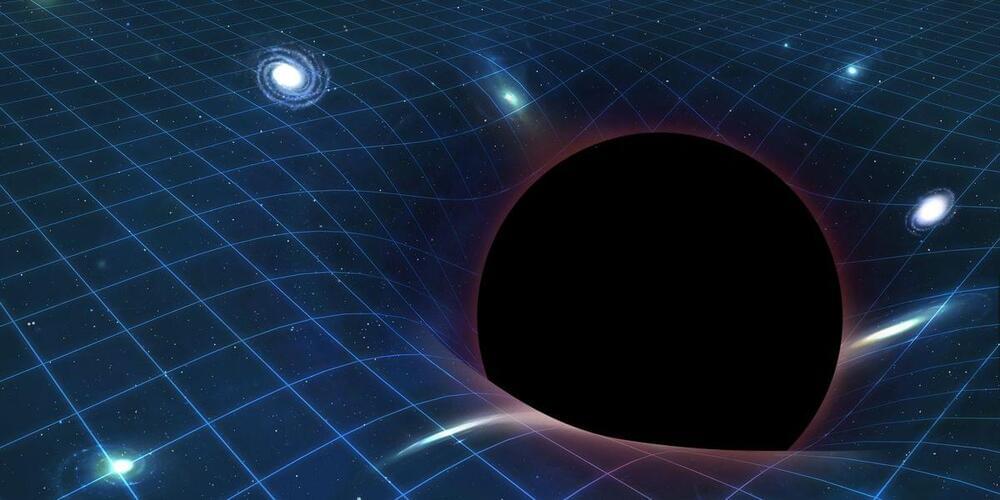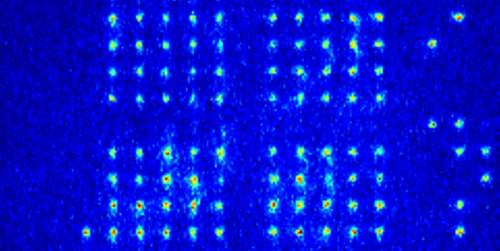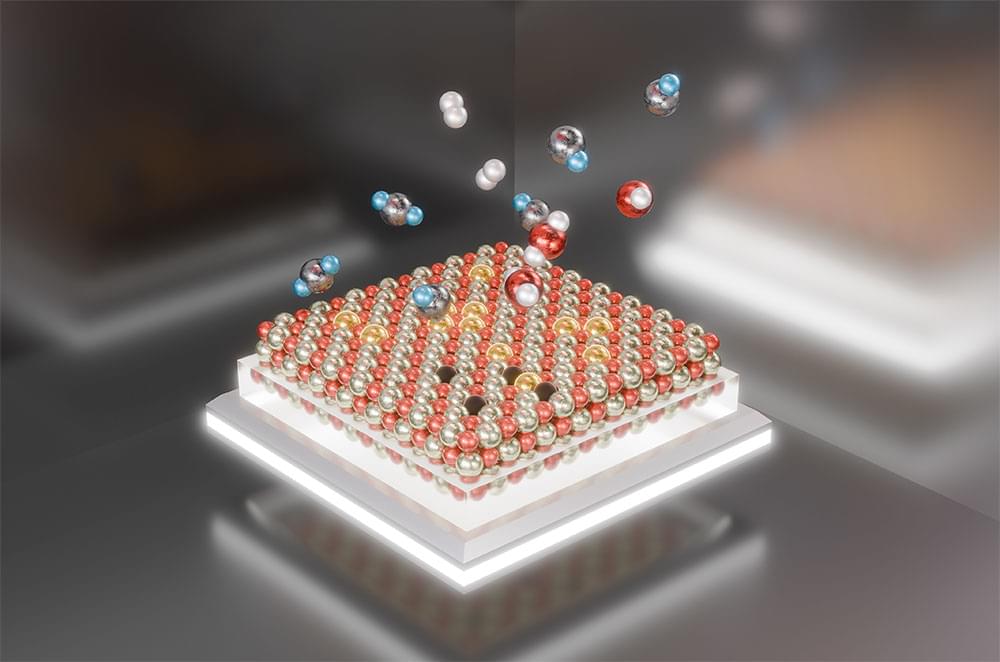It’s possible that our universe is the antimatter counterpart of an antimatter universe that existed earlier in time than the Big Bang. So claim physicists in Canada, who have devised a new cosmological model positing the existence of a “antiuniverse” which, paired to our own, preserves a fundamental rule of physics called CPT symmetry. Though many details in their theory still need to be worked out, the researchers claim that it naturally explains the existence of dark matter.
According to standard cosmological models, the universe—which consists of space, time, and mass/energy—exploded into being about 14 billion years ago. Since then, it has expanded and cooled, causing subatomic particles, atoms, stars, and planets to gradually form.







